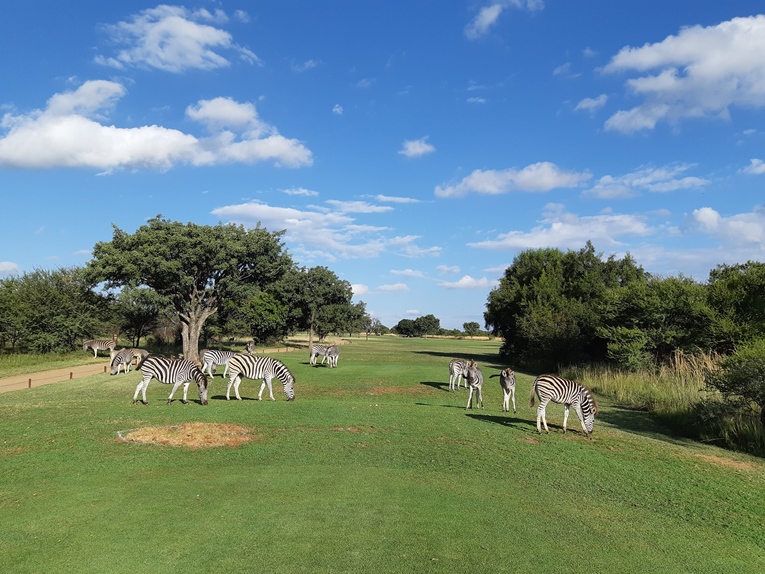https://golfclubatlas.com/feature-interview/feature-interview-with-paul-jansen/Though golf course architect Paul Jansen is now based in Toronto, Canada, golf in North America is about the only thing
not covered in this monthís Feature Interview. Instead we go to the "bushveld" golf courses in South Africa, Bagan GC in Myanmar with its centuries old pagodas, Nepal and the course I most want to see in the world (Himalaya Golf Course), Sri Lanka, on and on. This Feature Interview hammers home that the diversity of playing grounds lies at heart of the sport's never ending appeal.
Paul gained his knowledge on golf course architecture mostly first hand through travel. I don't know many people who have been to 60

countries but happily, Paul shares some of his amazingly varied experiences with us today. Naturally, the places he has seen have shaped his perceptions on architecture. One matter of great importance to him is the non-playing areas (i.e. everything but the tees, fairways and greens). At course after course, country after country, he sees the input and human hours maintaining the non-golf areas as wasteful and undesired. That's a favorite subject of mine as well as witnessed by my two favorite courses in the Carolinas (Pinehurst No. 2, Yeamans Hall) which excel at the non-playing areas.
Time and again, the word 'unique' appears in Paul's answers. He clearly values variety and idiosyncrasy and finds the desire of some clubs to strive toward a norm to be abhorrent. Seeing pagodas or rail lines or water hogs or pineapple trees are far more appealing than a bunker on the right 275 yards from the tee and one on the left 295 yards. No surprise, he embraces a Ďless is moreí philosophy. When man leaves well enough alone and let's nature take center stage, count Paul as a fan, be it a course beside Kruger National Park or dainty, elegant flowering trees at Yay Tagon Taung GC in Myanmar. Bottom line: He is after a strong sense of place.
 Bushveld golf
Bushveld golfTo gain additional insight into his taste for adventure, be sure to check out his own list of worthy courses to explore: <
http://www.jansengolfdesign.com/blog/top-100-golf-courses-you-may-never-have-heard-of-but-must-visit>
Another of Paulís special interests lies in short game facilities, which he thinks is an after-thought at too many clubs. He has teamed with Dave and Eddie Pelz to create artificial short game solutions that he hopes will make practicing that part of the game as much fun as playing. As he notes,
"Everyone on this forum believes that golf courses need to be fun and similarly Dave sees the need for practice to be fun. It's hard to motivate yourself and get better when a practice area is dull and uninspiring (this applies to golf courses too). Dave wants the golfer to be creative, use his/her imagination and be motivated to hit an extraordinary shot and not dictated to try only one type shot."When he decided to leave Africa to expand his knowledge, his first visit was - coincidentally - to Tom Clark, last month's Feature Interviewee. Golf architecture is indeed a small world and perhaps those of us in North America will start seeing more of him now that his family is based in Toronto. In the meanwhile, when you are next in Bangladesh. and you see a man in a floppy hat, you might well have bumped into this monthís Feature Interviewee. If he likes Pinotage, then you definitely have!
Best,